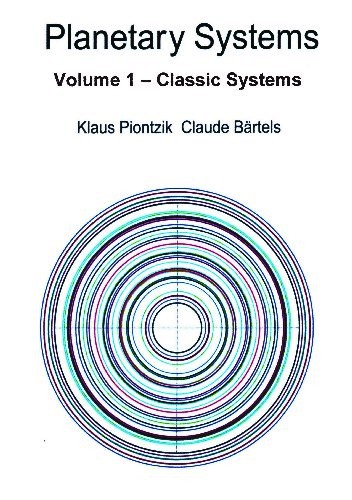| Copyright © Klaus Piontzik | ||
| German Version |
|
The question at the beginning of the chapter was to what
extent the vibration model derived here can be applied to
other spherical or concentric phenomena in our world.
e-functions are solutions of the radial part of the Laplace equation. So one only needs to investigate whether concentric arrangements can be converted into an e-function in the real world.
With the help of the previously used procedure of logarithmization,
linearization and conversion into an e-function using
equations 7.4.1 to 7.6.2, an algorithm is available that
allows the following statement:
The direct consequence of this is:
The metric of the numbering also plays a role. A step size of 1, a half, a quarter, etc. indicates a harmonious connection. A random sequence of numbers would also produce a random numbering metric. All examples shown here show that concentric arrangements can be interpreted as solution functions of radial spatial oscillation systems. This means that the global scaling statement that the universe has a logarithmic structure is once again impressively confirmed by the examples listed. However, the scaling factor can be chosen arbitrarily. The mathematically simplest solution is to set the gauge equal to one. Then you get the absolute harmonic quantities of a system.
Even in the biological area, namely the flora, there are specimens
that have a concentric structure. The requirement of concentricity is
fulfilled, for example, with fruits such as peaches, oranges, coconuts
or flowers such as dahlias, the yellow flower (gerbera) or the daffodil.
Here too, an e-function can be determined in each case.
|

|
200 sides, 23 of them in color 154 pictures 38 tables Production und Publishing: ISBN 978-3-7357-3854-7 Price: 25 Euro |